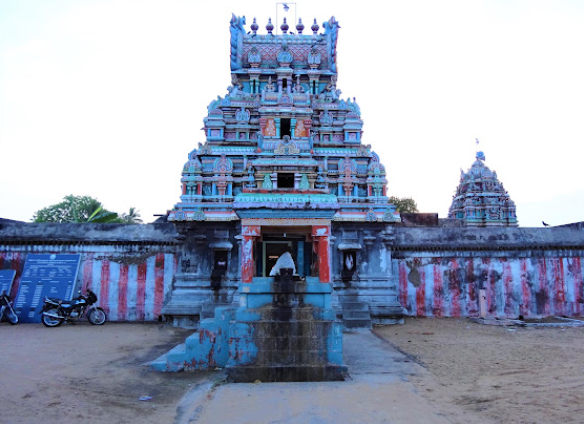Origin/History :-
The temple's history traces back to before the 7th century, as Thirugnanasambandar sang hymns in praise of Lord Shiva here, indicating the temple's early existence. The original structure was later reconstructed as a stone temple during the Chola period, with further extensions and maintenance by the Nayakas, Marathas, and Nattukottai Nagarathars. A village named Karayangadu was gifted to the temple by a Thanjavur King, and the temple holds lands in various villages. Inscriptions from the Maratha period record several endowments established by the Maratha Kings for the temple's upkeep.
Puranic Significance :-
A demon named Karthikasuran worshipped Lord Shiva at this temple and received numerous boons. Since Lord Shiva generously granted these boons like the mythical Karpaga tree, which fulfils any wish, Karthikasuran built a temple and named the Lord "Karpaga Nathar." Additionally, Lord Karpaga Vinayaga worshipped Lord Karpaganathar here and received the divine mango.
